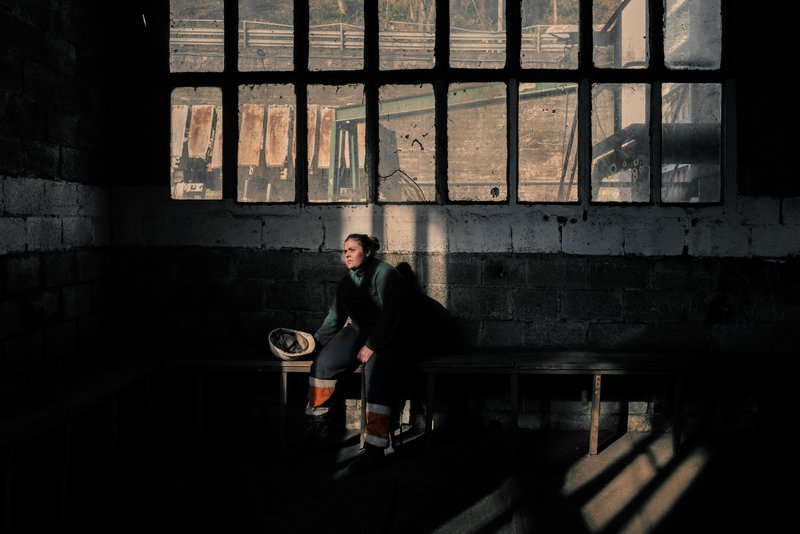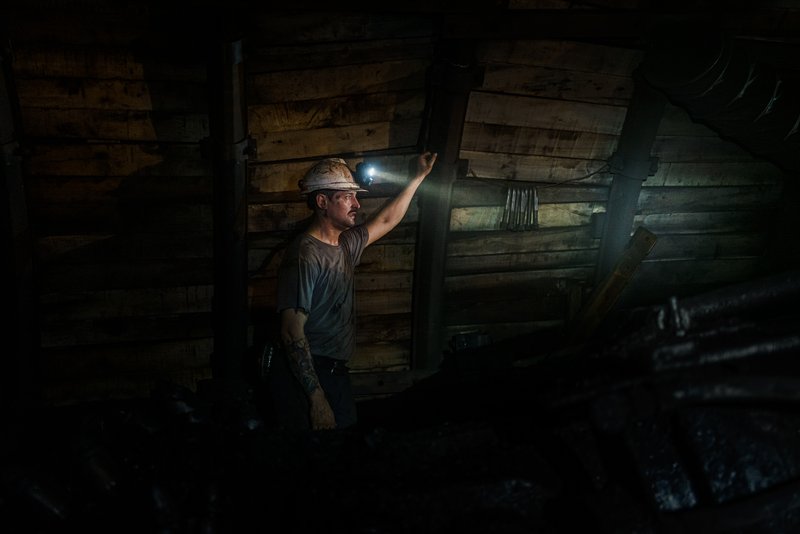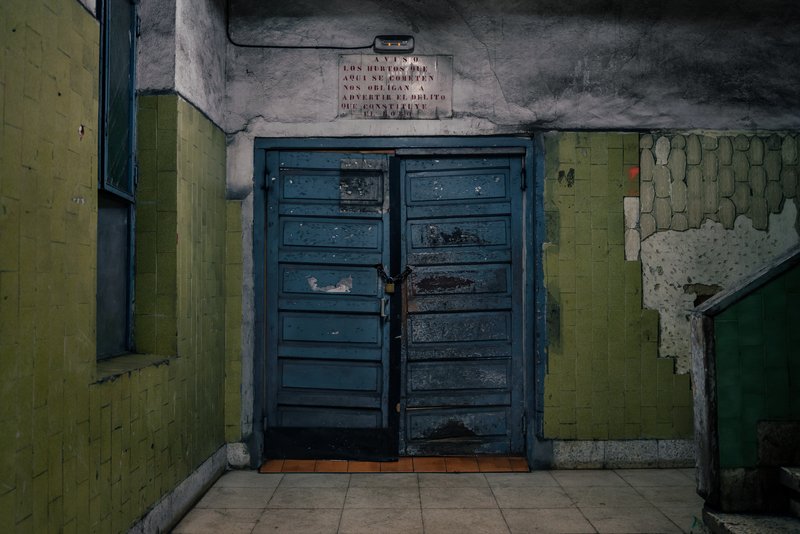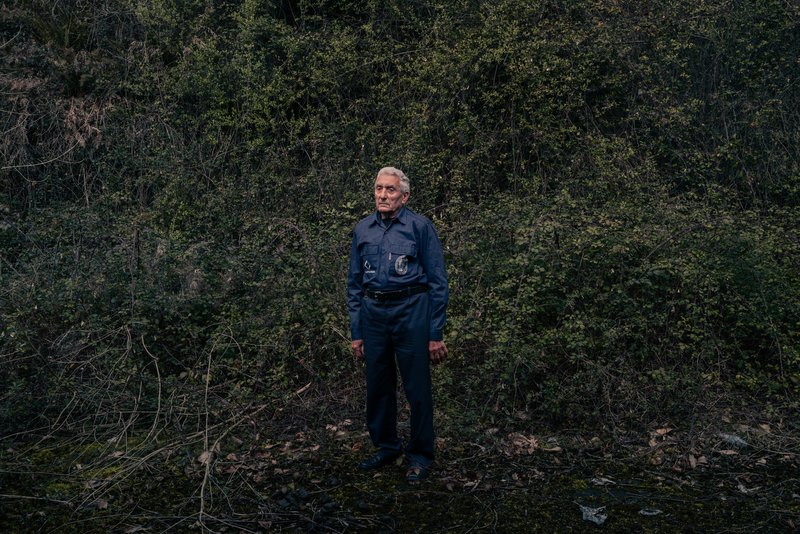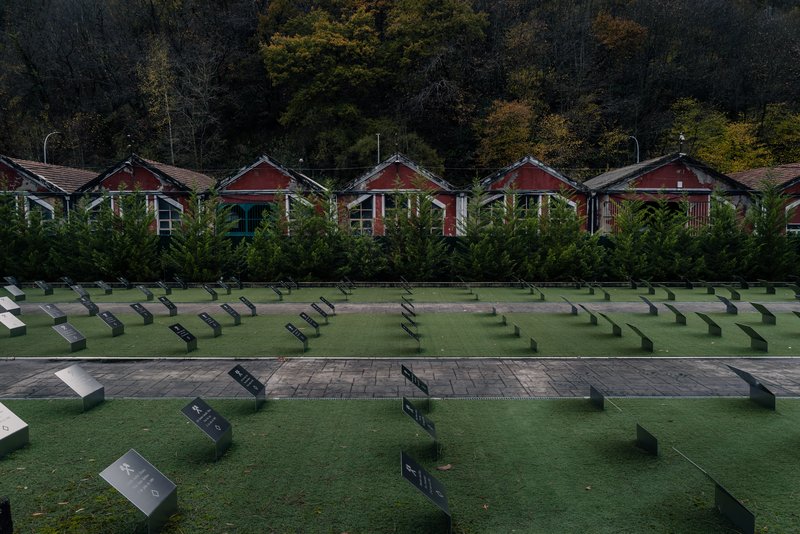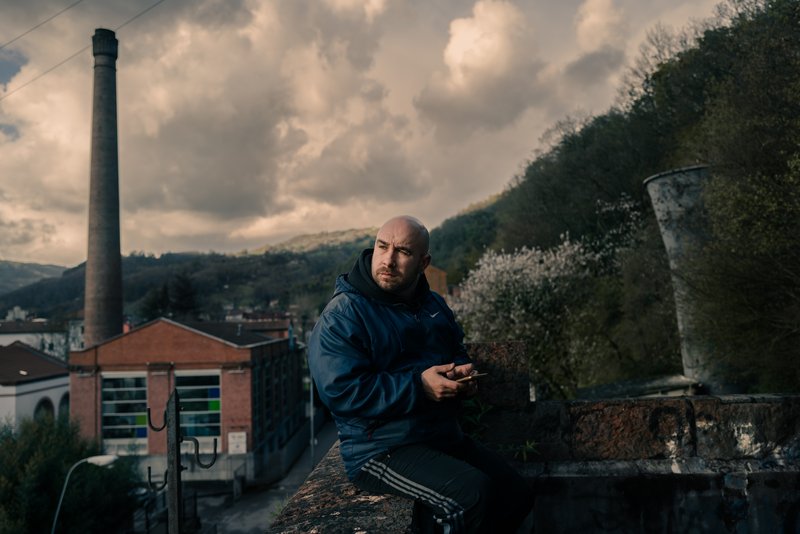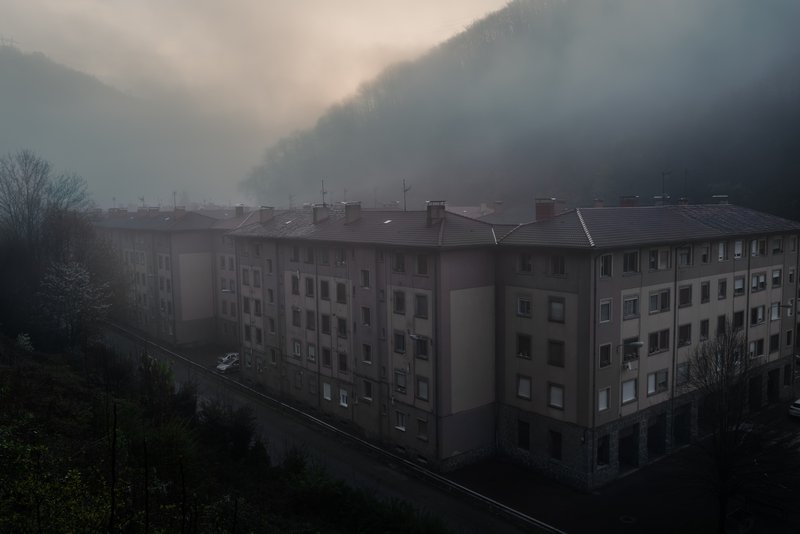First: The River Ran Black
This premier category recognizes a photographer’s long-term story, project, or essay that explores issues related to the environment, natural history, or science. This could include a facet of human impact on the natural world, scientific discovery, coverage of plant or animal habitat, climate concerns, or similar topics.
The River Ran Black
My grandparents settled in the mining basin of Asturias, Spain, in the 1950s. A time when coal mining was the engine of economic development in the region. My father grew up in these narrow valleys surrounded by mountains, where the river ran black and where the sound of the siren announced the descent of the workers into the depths of the Earth. From 1985 began a great cycle of general strikes intended to prevent the industrial desertification of the mining basins. Despite this movement, Spain's entry into the European Economic Community triggered the countdown to the definitive closure of the mines. In 2023, the San Nicolás mine will cease its activity, sealing the end of the history of coal in Spain. This decline has marked the landscape and the population. The rusting mining towers still stand as nature reclaims the space. In the villages, hundreds of houses and businesses have closed their shutters. Young people leave for lack of job prospects and those who stay remember with nostalgia the years when the region attracted workers from all over Spain, and when a strong associative life flourished. Today in Asturias the media spotlight has gone out for good. Born in Madrid, far from these northern lands loaded with the symbolism of the workers' struggle, I decided to return to the place where my paternal family was born, to photograph the end of an era and collect the stories of the last miners. Today the river runs clean and yet, every day, there are fewer people to admire it.



